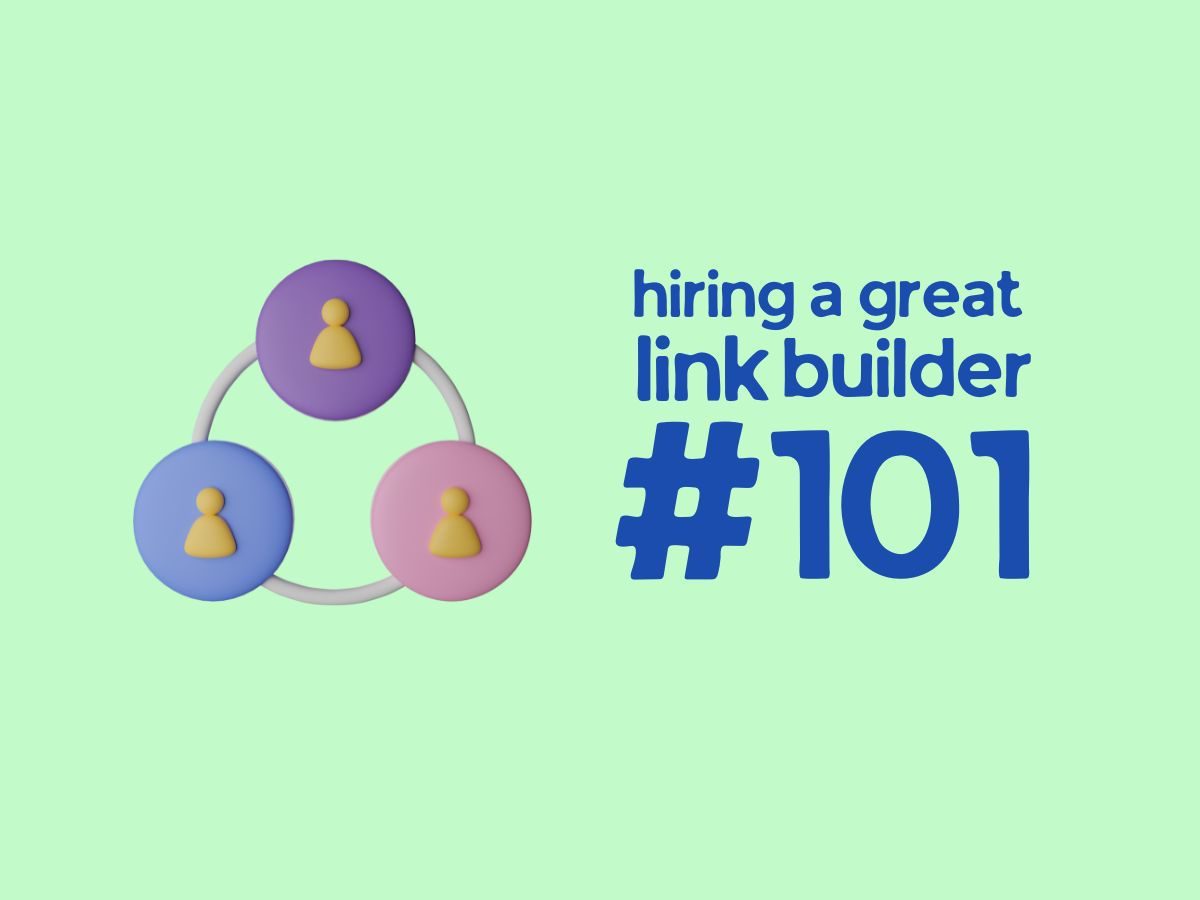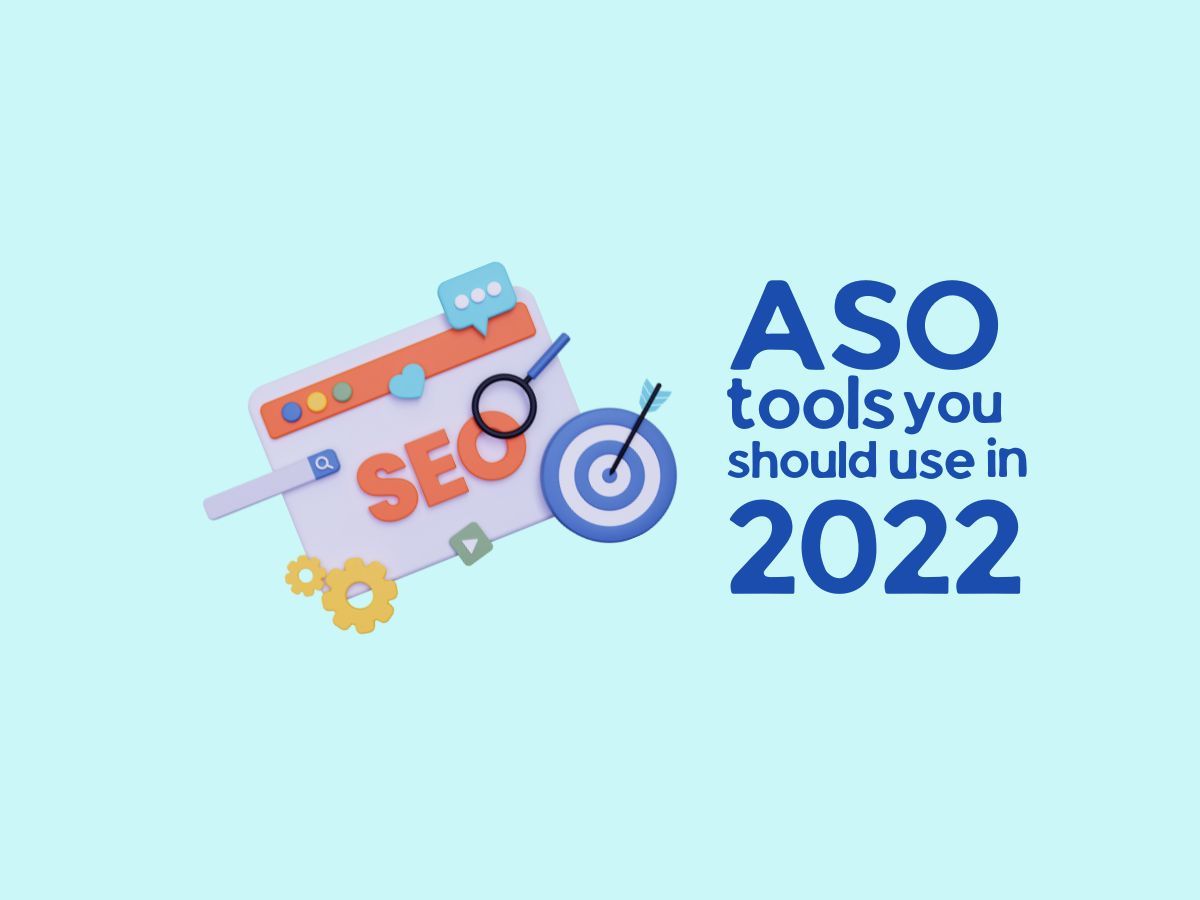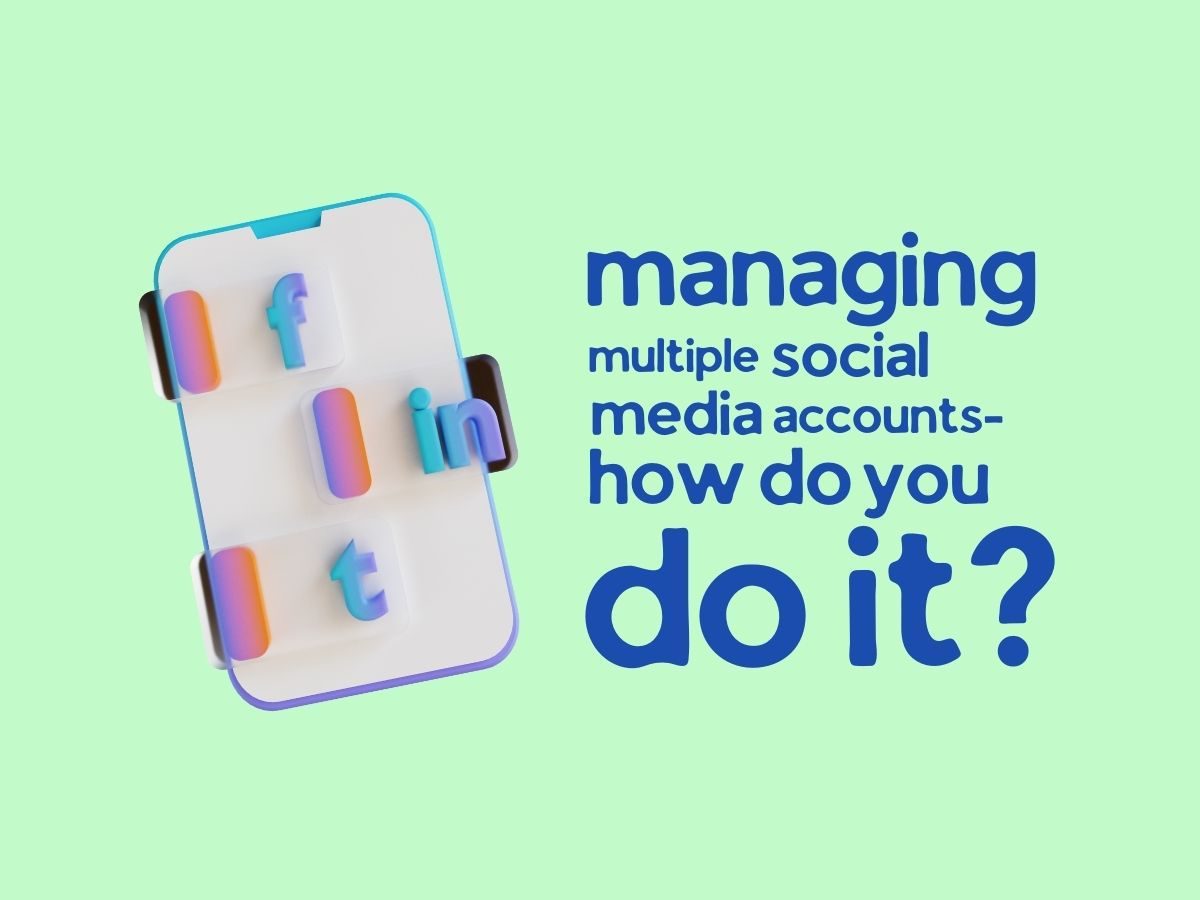Hiring a Great Link Builder #101
Marketing an online business is not easy. This is why business owners need agents with skills in SEO on-page and off-page optimization, and who are up to date with the current trends in SEO practices.
In trying to grow your SEO services business, the hardest part can be link building. Link building is hard work and time intensive. It is tempting to take the easy road sometimes, but with that, you give your clients fast link-building and fast results. In the long run, their website gets de-indexed from major search engines. This is a devastating result for you, which will ruin your reputation and cause your services to be terminated. This is where agents of value come in. You need a link builder that knows SEO and link-building best practices to help businesses be visible enough, so people will find their site instantly. Be on top of the search engines and authority in their niche market. Some of the basic skills of our link builders are site optimization like keyword research, internal linking, adding meta tags, optimizing images, and off-page optimization such as guest blogging, URL distribution, forum interaction, social media outreach and article marketing. So you know the agent is not wasting time and money. Agent supervisors are on office duty day and night to ensure that the agents are producing quality results. Link builder can work with a web designer to create amazing infographics. Skilled, team players and versatile agents- these are the kind of link builders that your SEO business needs. In a world where building links is becoming more crucial, hiring the right person to do it is essential.
Questions to ask when you hire a link builder.
Whether you are hiring an SEO agency or a freelancer, you will need to properly check their link-building techniques, just as you would, when you are outsourcing any aspect of your business. It is especially important in SEO because in some cases it can be hard to measure and understand exactly what it is you are gaining for your money.
- How do you access where to get links from?
You want to assess how they know where to get links from. For this, you may get a simple answer, but as long as it is a sound way of making the assessment using search engine operators, if they analyse a competitor’s link profiles or something like that. You want to find out exactly how they are building the lists of sites, and where they are trying to get a link for you. If the lists are pre-build, that is a warning sign and it could be a sign they are buying links or they have some kind of link network. So you do need to ask questions about that.
- Do they employ manual outreach?
To gain the best quality links possible, and to get the most value for money, there does need to be some manual input from an actual human being. They will need to make some personal connection with the decision-maker at times. On the other end, there isn’t any amount of sophisticated tools or software out there, which is going to automate a link-building solution.
- Will the links be unique, in the body of the content?
The link should generally be coming from unique referring domains because if you continuously get links from the same domains, it won’t have the same effect. For instance, getting ten links from ten different websites is better than having ten links from three different sites. It is the same reason why you can’t outperform a competitor purely just with the volume of links. When it comes to the body of the content, the generally tends to hold more weight, than having a link on the sidebar or the footer, just the way that it is.
- Will the links be relevant?
Relevancy has to be the key point at the forefront of any link-building campaign. Both so that it ranks for the correct keywords and drives you relevant traffic and many in the industry employ the use of metrics to assess the rank-ability of a site.
- What type of links will you aim for?
There are a huge variety of link types that you can go for, depending on your industry, your service or product, and your content. If they are aiming to get you guest-post opportunities, be aware it will require you to have articles written for each guest post. If it is a product-based business they may try and get you some review posts with industry influencers. That may mean having to send your product or product samples or having to pay the influencer’s fee.
- Will you help with content/ideation?
This is a key point. The link builder should bring the topic of the content. They should help you come up with ideas for the type of content you should create to further your chances of getting the best links.
- How to know what work is being done?
This is why many people are turned off by any type of SEO work. Because they don’t know exactly what is being done. At least for the link building, there isn’t any reason why it can’t be fully transparent.
- How many links do you expect in this campaign?
You want to get a handle on that. It is probably one of the first questions you will have in mind. But there is a warning attached to this. If you are going through a list of link builders, and someone guarantees you a large number than somebody else, that doesn’t necessarily mean that you should go with them. Offering a 100% guarantee in the number of links, especially if it’s a pretty high number, should be viewed with caution. Because it is not a straightforward commodity. It is all dependent on the content that you have, your industry, and how the targets react to the content, which determines how many links you will get. How well the link builder performs in their outreach is also key. But no matter how good the link builder is, he can’t extract any number of links from bad content.
- Do you utilize paid links?
Inherently it is against Google’s terms and services. Any service or facility online, which just sells links for their discrimination to anyone and anywhere, or advertises the fact openly, is a no-go area, with regards to white-hat link building. If they link out to anyone that gives them money and don’t assess the content, or the value of what they are offering, then that probably means you will be sharing the same link space as some questionable sites. There’s a risk in that.
- Are there risks/ guarantees from your work?
If all the previous questions hit the right notes, there should be any reason not to go ahead and hire them.
Things to keep in mind while hiring a link-building agency?
- Transparency- Make sure to hire a transparent link-building agency. How can you find a transparent link-building agency for yourself? Ask them how they are going to build links. If they are not honest or if they can’t properly explain it, don’t hire them.
- Ask how they are building links.
- Check case studies and reviews of the link builder and see what people have to say about their results.
- Check the reputation of that link builder.












